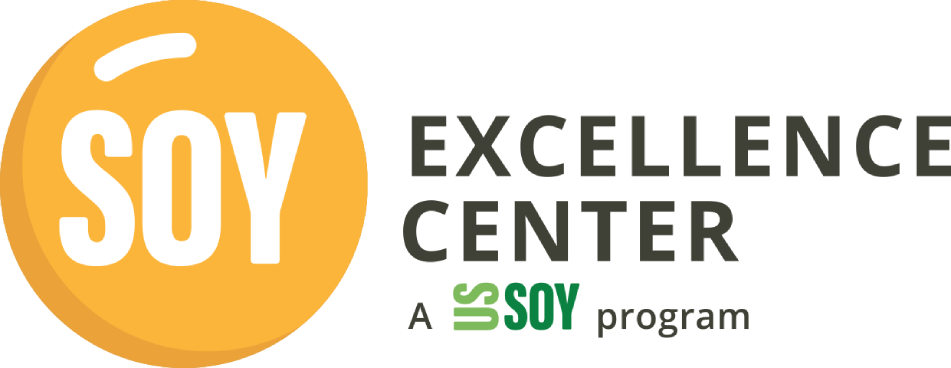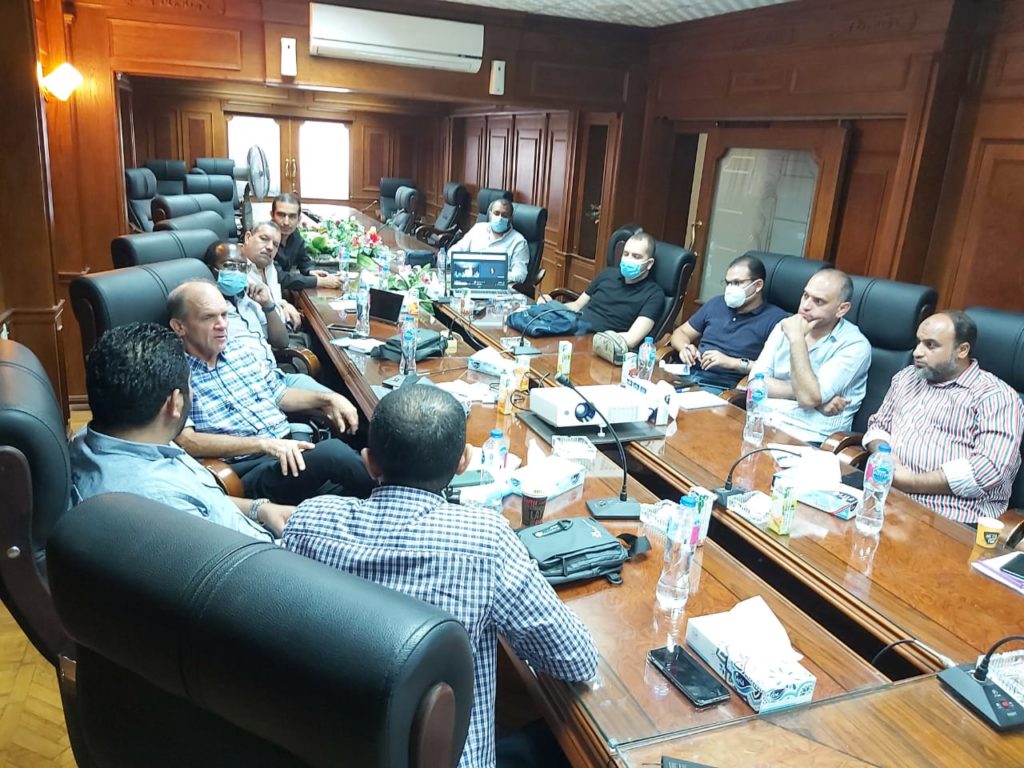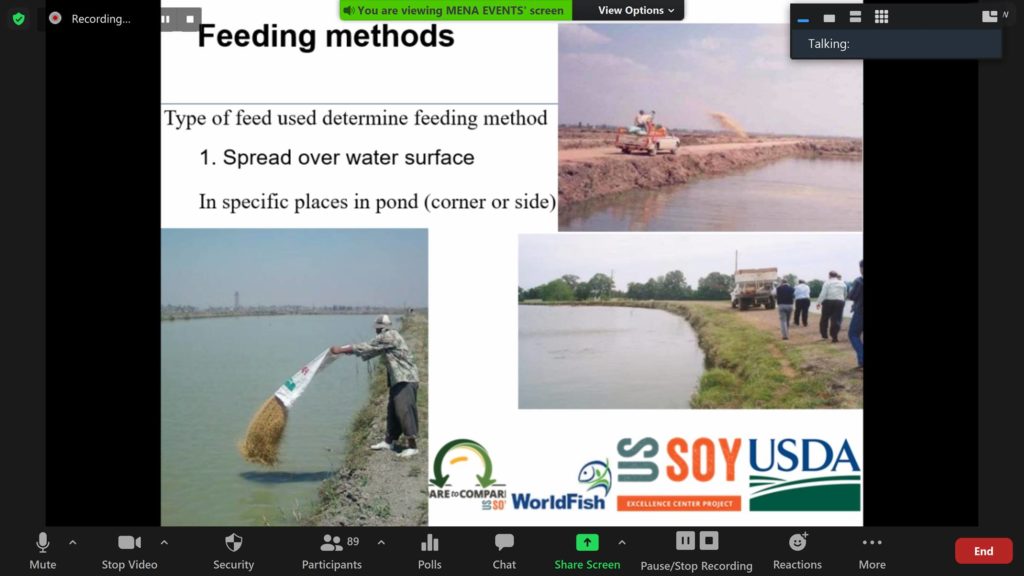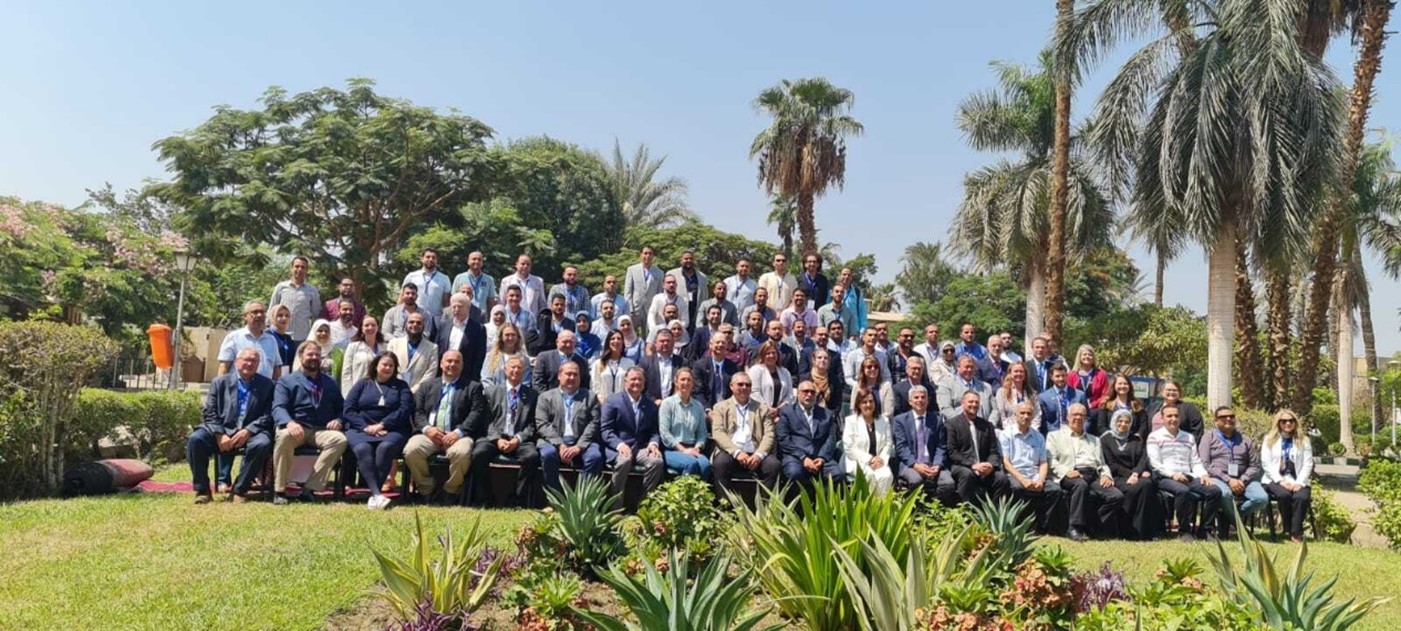By U.S. Soybean Export Council
Share
By U.S. Soybean Export Council
Share
The tropical and sub-tropical climates that encompass most of the Southeast Asia region allow for year-round aquaculture production on land and in rivers, lakes, reservoirs and marine waters. Land-based operations and marine fish production reflect promising opportunities for expansion with potential to grow in yield and area, especially under the U.S. Soybean Export Council (USSEC)’s renewed platform with a focused area devoted to livestock.
With increasing demand domestically, regionally and internationally, the aquaculture industry in Southeast Asia provides a constant and growing demand for aquafeed. Annually, the industry in this region uses 9 million metric tons (MMT) of commercially produced aquafeeds, with soy contributing to nearly 3.5 MMT of this feed. Of that, it is estimated that 8.3 thousand metric tons (TMT) is U.S. Soy.
Continuing to Grow Demand for U.S. Soy
USSEC Aquaculture Program Technical Contractor / Southeast Asia Technical Director – Aquaculture Lukas Manomaitis recently provided an update from this region and says that in order to capitalize on this potential for increased U.S. soy use, USSEC is targeting feed mills and aquaculture producers to find ways to drive the volume of U.S. soy purchases. By working through the International Aquaculture Feed Formulations Database (IAFFD) to better understand what formulators need and ways they are looking to improve their approaches to formulation, USSEC is able to present the benefits of using U.S. Soy. In collaboration with these feed specialists, USSEC has an opportunity to influence aquafeed formulators, ingredient purchasers and even impact the way they produce feed and improve the quality of the feeds they produce.
Beyond working with feed mills, USSEC is continuing work to strengthen the region’s aquaculture industry as a whole. One example is USSEC’s work to improve high-volume production systems through In-Pond Raceway System technology (IPRS). This technology has not only proven to increase quality, but it also has the potential to increase yield up to three times of that of traditional pond culture, while taking up the same water volume. While the use of this technology is widespread in China, USSEC has worked to increase the efficiency of water resources in a pond setting by developing and extending the use of IPRS technology in Southeast Asia.
The farming of shrimp is another area with room for increased use of U.S. soy. As a high-value species with importance in international trade, USSEC is working with shrimp farmers to demonstrate how they can have more targeted feed and feed systems that meet the needs of the system they are using, whether they are using traditional or high intensity shrimp production methods.
Offshore marine fish cage production culture is another area that has room for tremendous growth. For this reason, USSEC is continuously working with the marine fish industry to promote and guide the industry toward better production systems. Globally, these types of systems are likely to be a key source of supply for marine fish moving forward.
Moving SEA’s Aquaculture Industry Forward
Without data collection, analysis, and presentation of the findings, the aquaculture industry in this region cannot continue to move forward. This is why USSEC is devoted to providing active demonstrations and a strong data program to present to opinion holders and producers with the use of the Aquanetix platform, a cloud-based software that specializes in the management and use of aquaculture information. Using this data, USSEC can work directly with farmers in order to present established technology and management approaches which emphasize the benefits of taking on better quality feeds to use more efficiently. Through Aquanetix, USSEC is able to use and demonstrate the value of better data gathering and analysis as a way to encourage higher quality feeds and show the value of using high quality U.S. soy.
Looking forward, as the sophistication of the IAFFD grows every year, this allows for further targeted promotion of U.S. soy products based on nutrient value and for USSEC to continue to learn what is influencing formulators and ingredient purchasers’ decisions. With an expanding approach focused on the U.S. Soy Sustainability Assurance Protocol (SSAP) and USSEC’s work with seafood certification bodies to promote the SSAP, USSEC is working to secure a higher quality, long-term and sustainable aquaculture industry. This is especially important in Southeast Asia, not only for the continued health and growth of the aquaculture industry, but also because aquaculture certification is needed to meet buyers’ requirements in this exporting region, where the SSAP plays a vital role.
USSEC is committed to continuing to host virtual events and creating a variety of video and written content, providing valuable resources that can be revisited and reached by a large audience. These assets will also be utilized in Thailand’s Soy Excellence Center, which is slated to open in the near future.
225 Comments
Leave A Comment
You must be logged in to post a comment.





Excellent work
El crecimiento de la acuicultura en el Sudeste Asiático representa una gran oportunidad para el uso sostenible de la soya estadounidense, impulsando producción, nutrición y tecnología en toda la región.
👏
USSEC you’re doing amazing work. I believe one if the greatest investment is the investment in agriculture, because it provides solution to the most basic need of man, food.
Este esfuerzo regional—respaldado por formación técnica, análisis de formulación y apoyo al próximo centro SEC en Tailandia—refuerza la innovación alimentaria y la demanda de soya.